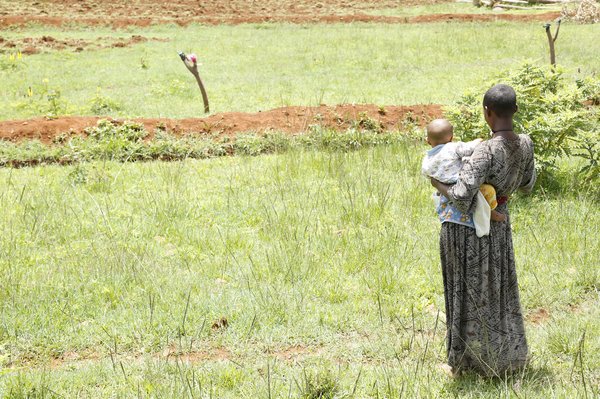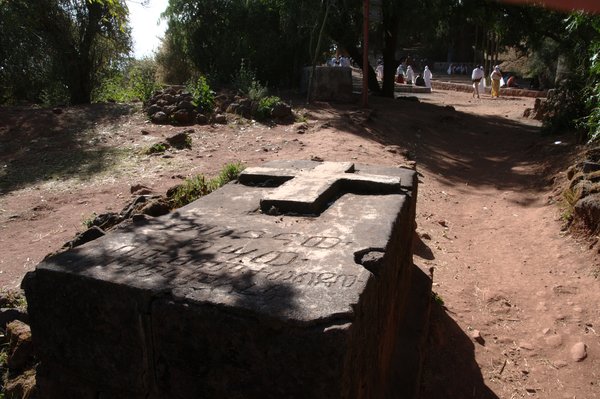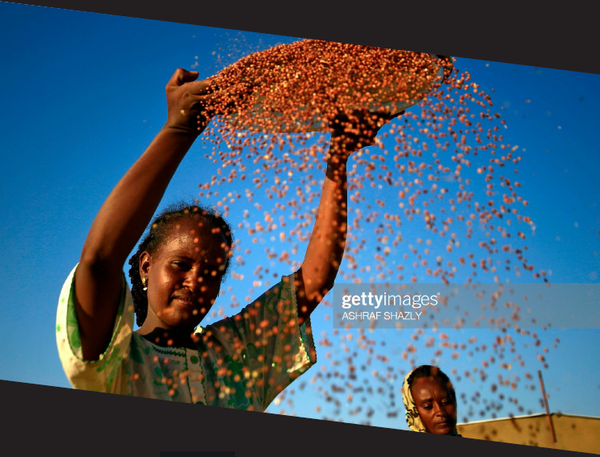
Book in Amharic language. Photo via mario_ruckh/Flickr. CC BY-NC-SA 2.0.

Photos via MIDEQ Ethiopia team
Introduction
Echoing Spivak’s notion of the subaltern and the issue of representation, one can ask ‘Who speaks for the migrant?’ Often, experts, researchers, government officials contend with questions ranging from why people migrate to how to promote better migration governance. To explore these questions, the MIDEQ Ethiopia team collaborated with a Hadiya returnee migrant Yonas Tadesse, who prefers to be called Johny, to produce a book narrating his own migration experience. The book focuses on his life before, during and after migration. Differing from academic or policy discussions, Johny’s book is not only about migration, but also integrates everyday life issues- from family, friends and, most importantly, his girlfriend. The book makes a case for the relevance and importance of migrants as producers of knowledge about migration, and for others to be students, spectators and learners from their experiences. Migrants’ participation in knowledge production complements an academic analysis of migration processes with a humanist dimension.
Creating a book on the migrant experience
The first rounds of the MIDEQ Ethiopia team’s fieldwork sessions in Hadiya, southern Ethiopia, were dominated by stories of success. The returnees we interviewed came back from South Africa with money, which served as seed capital to form businesses and stability. We wanted to get the other side of the story, and started searching for migrants who were unable to reach their destination and ended up being deported from one of the transit countries. This targeted search however gave us a diametrically opposite story: returnees who are destitute and attempting to save up for another journey to South Africa.
Part of this endeavour to understand the nuances of the migrant experience introduced us to Johny, who has a furniture shop in Hosanna, capital of Hadiya zone. We were informed that Johny was deported from Tanzania but became successful in the furniture business. We decided to interview him the following day.
We had a long informal discussion about his migration experience, detention, return and life back in Hosanna in his furniture shop on a fateful Saturday, fighting against time as we were scheduled to travel back to Addis Ababa on the same day. He was generous with his time and information, sharing emotional experiences and moments in prison. It was in the middle of these discussions that he dropped the unexpected note: that he written his life history whilst in the prison.
On our way back to Addis, we realised that this self-history could be one of few written by a Hadiya migrant, and felt that it is very important for others to read it. Johny agreed with the request, which led to the production of the book.
Sharing Johny’s story
The book, titled ‘Life History: Migration and Love’, is written in Amharic by Johny. Names included in the book are kept anonymous. A brief introduction, authored by MIDEQ researchers, situates Johny’s experience within the broader context of MIDEQ’s research, South-South migration and Ethiopian international migration.
Written in a Tanzanian prison after his migration journey was interrupted when captured by the authorities, Johny learnt Swahili and built relationships. He also did some work for a Tanzanian prisoner to earn the money to buy a notebook and to negotiate better conditions within the generally appalling prison.
Johny’s book reflects on his childhood, family and schooling. He meets his sweetheart and later girlfriend in high school. What dominates the discussion in the book is the memory of his girlfriend and the good times they spent in Hadero and Hosanna. This is an interesting book as it presents the ideas and experiences of a migrant from the space of prison, hardship and hopelessness. This, in essence, foregrounds the human touch and story that migration studies often lack.
The MIDEQ Ethiopia team helped edit the book without making significant changes to the writing style and arguments. We wanted the sentence structures, word choices and form of writing in general to speak to the average Hadiya youth, rather than editing through a ‘professional’ process for a different audience.
The book will be distributed to all high schools and relevant offices in Hadiya, from where the greatest majority of Ethiopian migrants to South Africa originate, and we will organise launch events in some districts. We will then use the launch as a tool for community conversation on the different sides of migration from a lived experience point of view.
Life History: Migration and Love (in Amharic)
PDF 2.2 MB
Download Johny's migration story.
Key takeaways
Surprisingly, the decision to migrate is not considered a major decision of discussion amongst family and peers. Perhaps this is because it is a common part of social life, indicating how migration plays an integral role in Hadiya society. The first time Johny mentions the intention to migrate is when he failed the national school leaving examination, while his girlfriend passed. He was happy for both of them, as he wanted to fail in the exam for his brothers in South Africa to sponsor his journey, thus succeed in another aspect of life. Years later, he gets a sudden call from his brother in South Africa giving him two options: wait for six months and fly to South Africa, typically via Nairobi and Maputo, or immediately travel through various transit countries via land with all the risks associated with it. He chose the second without consulting anyone.
This form of decision-making indicates Hadiya youth’s sense of urgency to migrate, fuelled by the material success of the earlier generation of migrants and irrespective of the growing risk during the journey. It seems that there is no ‘moment’ to discuss amongst peers and family to decide on the matter. Rather, like other cultural processes, Hadiya youth learn to consider migration as a normal part of life in everyday engagements. How does this inform our understanding of migration decision making? That might be a topic we have to explore further.
Migrants as knowledge producers
Often times, we research, write, discuss and debate about migration and migrants as if they do not have lives and emotions. As researchers, we tend to focus on the ‘objective’ factors and data. In the process, we remove the human story out of the narratives we recreate. This state of affairs is further enabled by the fact that most irregular migrants rarely have a presence, as individuals or as a collective, in major policy, media or academic discussions. Thus, we often end up on conceptualizing migration as movement of bodies only.
The majority of pages of the book focus on the love Johny has for his girlfriend, the good times they spent and how much he misses her. During periods of extreme hardship, he regrets his decision. We often ignore such emotional, experiential aspects of migration.
Although Johny was deported and is considered as ‘failed’ and ‘unlucky’ by friends and local community for not reaching South Africa, he appears to have built his aspirations and capability for a good life while in detention. He started to assume leadership roles among Ethiopian prisoners—by teaching the Bible as he learnt Swahili. Upon his return, he became more confident that if he persists, he could get where he wants to be.
Now he advices others about migration and his experience. He is happy that he has created job opportunities for some young men, demonstrating that there are multiple endings to a migrant’s journey.



